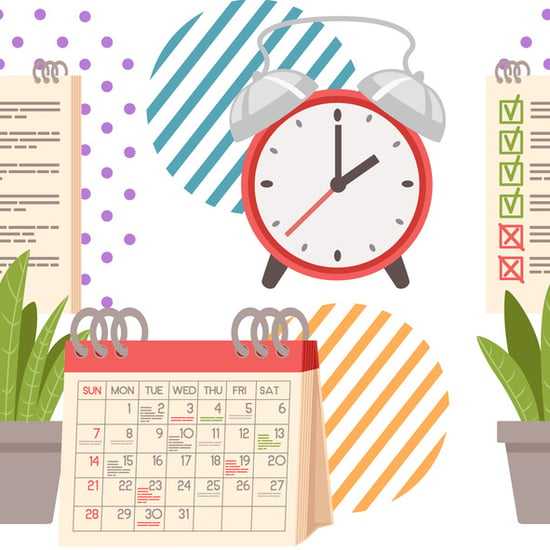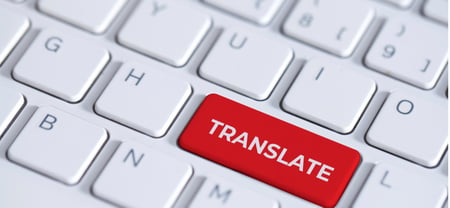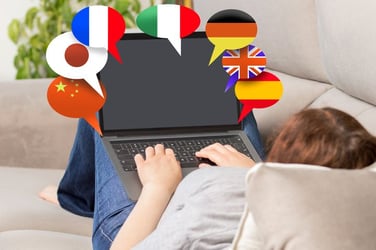How to Map Translations Into Your Project Rollout

If you’re taking your product into a new country or market with different language requirements, you need to prepare for at least one different language version in your project rollout. But when and how do you consider fitting translation into your plans?
As a Language Services Provider (LSP), we work with our clients to guide them through this process so that it’s smooth, successful, and their budget works as efficiently as it can for them.
Knowing when and where the translation elements factor into the project plan helps with keeping your localization schedule on track.
In this article, we’ll explain what stages you should consider in translation and the main factors to consider in the process.
When Should You Consider Translation
At the beginning of the project. As simple as that. Well, it’s not really as simple as that because translation often takes place after a product is established or as a result of its success when businesses expand into new markets. So then, let’s say you should consider translation as early as possible.
Translation affects how you sell and market products, the visual look of brand materials, web and digital platforms, and sales efforts. You want to be consistent in all of these and change as little as possible.
So, for example, if you’re designing your website in English, but you know you’re going to enter a German market where the language can be up to 35% longer, letting your designers know this up front so they don’t have to change the whole look to accommodate German text, will save you headaches and money.
Why Else Should You Consider Translation Early
There are a lot of elements to a translation project plan that have to be fit in, or considered, in your overall plan.
Here are the top-line elements we always consider and how they can impact a roll out:
Have a scalable team
Some projects require one linguist to translate material while others can require 100.
Partner with a LSP who can get you the size of team that you need and get the schedule for this roster of experienced translators coordinated early.
Get the right tech in place
You want AI-powered Machine Translation (MT) to do the heavy lifting for you. MT with the right amount of human touch, or post-editing, is usually the optimal approach.
How much post-editing depends on the volume and complexity of the material.
Consider the media
Translations often involve more than just the written word. Images, audio and videos, may need to be translated or localized to better reflect your new audience.
This could be as easy as changing an image or adding simple sub-titles, but it could also be as complex as having to get new photography shot, recording voiceovers, or recreating entire pieces of audio or moving image material.
All of these processes have their own team of people and timelines, so the earlier this material can be identified for translation the better.
Do you need transcreation?
Transcreation is translating marketing or advertising material creatively so that your translation is faithful to the original message while ensuring it’s culturally appropriate to your new audience.
Often, particularly with slogans and strap lines, this is very different from a word-for-word translation.
Are there legal requirements to consider?
Are your translations for a country that has legal language requirements?
For example, in Canada, a bilingual country, you’re legally obliged to provide English and French on all product packaging. This requirement applies even in areas of the country, such as the province of Newfoundland, where less than 1% of the population speaks French.
As we all know, anything legal can take time, and processes can rarely be rushed, no matter how much resource or budget is thrown at it. This time needs to be factored in.
Play it Safe
On top of all the other elements to consider, make sure you have some contingency time in there. With the best will in the world, sometimes things take a little longer than expected.
So, factoring in contingency time means you won’t have to redo anything or pay for resources that are sitting around waiting for material.
For example, let’s look at a sample project of about 25,000 words with no other media that needs to be put into a digital framework.
Here’s what the high-level timeline would look like:
- Prep – 1 day – Getting the project elements together and organized.
- Translation – 10 days – The linguists work on the material.
- Editing – 4 days – Editors check and refine the translation.
- Quality Assurance (QA) – 1 day – The translation is checked for accuracy by a 3rd party.
- Desktop Publishing (DTP) – 2 days – The approved material is put into the digital framework ready for the end user.
- Contingency – 1 day – This can be divided up during the project.
Putting it All Together
This may seem like a lot to consider, especially if you have a rollout in English to do at the same time, but with the right LSP guiding you it’ll be straightforward. They work with translation and localization plans and timelines every day.
They should also understand that while translation is important, it’s not the only work stream you need to balance in your overall plan.
Now that you know what needs to be factored in, you’re in a better position to embrace new languages and new markets. Translations rarely sit by themselves, so having an understanding of what considerations need to be made will help you think about them from the beginning of a project lifecycle.
If you have a translation project that needs an LSP to guide it along, then maybe we can help. At Lingualinx, we can help you bring your brand or products to another country, culture or community.
Consultations are free and there’s no obligation.
You’re in safe hands with us as we’re ISO 17100 and ISO 9001 compliant, have over twenty years of professional translation experience, and have earned the trust of organizations around the world.






